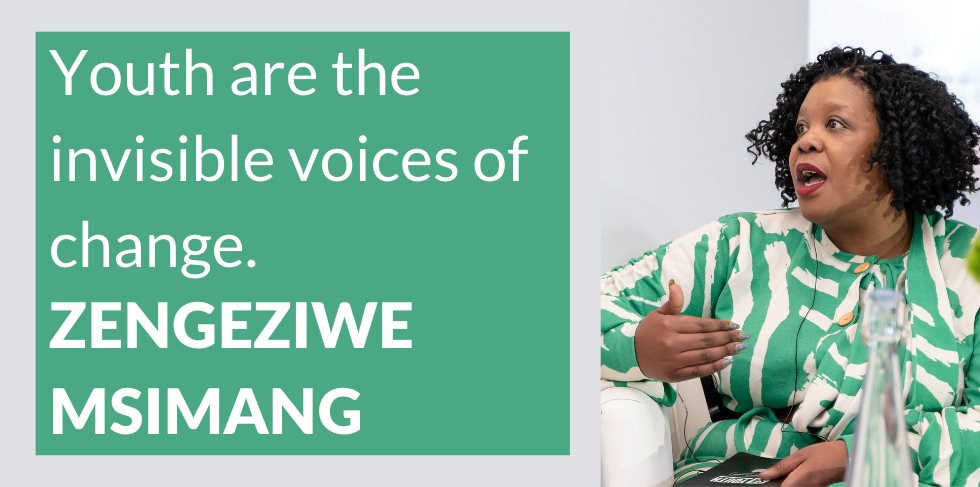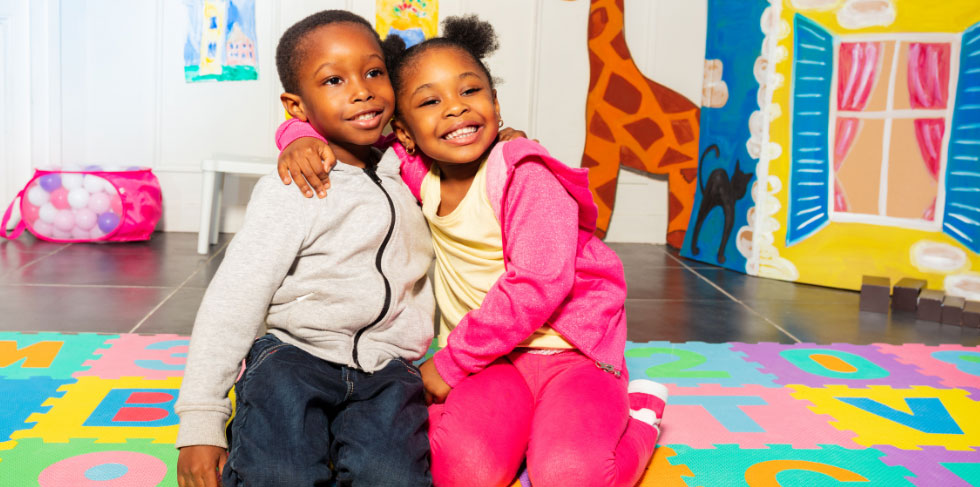The personal and social costs of the employment crisis are not gender neutral. Women experience disproportionately worse outcomes than men at every stage. In the search for work, barriers for young women are higher and harder to overcome. When they do find work, no matter which job type, women earn less. While we celebrate Women’s Month, Harambee continues to shine a spotlight on the gendered dimension of youth employment in South Africa and the specific actions we can take to address this.
As is well established, women were triply disadvantaged during the pandemic – they worked in sectors that were the hardest hit, but were also the least protected and carried significant additional burdens, including greater caregiving responsibilities. This acute manifestation of a chronic situation demonstrates that the gendered unemployment crisis is a systems problem. Addressing it will require targeted interventions and coordinated partnerships.
Harambee’s analysis of the Quarterly Labour Force Survey and our own network supports this picture – on average, women possess more educational qualifications but remain less employed and economically active. This proves Harambee’s decade-long hypothesis that more schooling and qualifications alone will not translate into economic opportunity, particularly for those most excluded from the labour market.
And for women, the economic opportunity itself does not translate into earning power. Over the past year, Harambee conducted a detailed study of wages and income, and in almost every occupation type and job family, women consistently earn less than men.
Our study of youth income and earnings turned out to be a study of gender disparity.
For a start, on average, formal sector jobs earn women and men higher wages and are relatively stable. Median reported incomes are relatively high, about R3,500 per month, with higher-paying jobs in growing sectors such as global business services and finance.
But barriers to entry remain significant, and women earn less across nearly every job type. A gendered analysis of earnings across all occupation types – from sales assistants to software testers – suggests that men earn at least 6% and up to 12% more than women in the formal sector. What actions can be taken to address this?
Investment in male-dominated sectors can be targeted to dismantle gender stereotypes, design job placement programmes with young women at the centre, and actively work to remove barriers that inhibit women from accessing specific jobs. SA Youth itself places disproportionately more women than men into earning opportunities (a rate of 68% female placements compared with network membership of 65%).
Partnerships like the one with the Institute of Plumbing’s Artisan Recognition of Prior Learning (ARPL) programme – with cohorts that are 13% women, against an industry average of less than 3% – promote recognition of experience for young women in the industry. Similarly, partnerships with organisations like BluLever and the National Business Initiative – with 54% female cohorts in their apprenticeship programme – can create new pathways in traditionally male-dominated industries.
Targeting women in incentives schemes can promote greater inclusion in new sectors such as global business services where, out of 3,731 new jobs created in the sector in the past quarter, 65% were for young women.
These are practical steps that can be designed into the incentives and training investments already in place to ensure that women have equal treatment and opportunity within the pipeline for formal sector jobs. At the same time, advocacy for pay equity is critical.
Government regulations and employer advocacy can encourage pay parity instead of reliance on market mechanisms alone which, the data suggest, tend to perpetuate gender inequity.
While advocating women in the formal economy remains vital, the reality is that many women will find work more readily in the informal sector, engaged in micro enterprise or hustling. Here, the odds are even more profoundly stacked against young women.
Harambee’s analysis of micro enterprise reveals that while young women and men both display remarkable tenacity and creativity as they hustle to survive, their income is precarious and inconsistent and, on average, much lower than all other forms of income. The median income for hustling is about R700 per month – with women earning almost 50% less than men.
This differential may exist for several overlapping reasons. Given their additional household responsibilities and other social constraints, women may have less time to hustle. When they do hustle, it is more likely to sell goods (such as snacks like chips and vetkoeks) than services (such as providing security services, delivery, washing and cleaning etc).
Selling goods tends to be associated with lower incomes. But we can address this. Targeted training for women – such as how to improve stocktaking and business planning – can help young women build a more profitable and resilient business and thus a more sustainable income. But this support must be available through channels women can access and use a language that speaks to their realities.
Take the example of Nonhlanhla Cele. After joining the SA Youth network, Nonhlanhla started a small business selling airtime, electricity, chips, sweets and cakes. With some support, she has been able to add a 10% profit margin to everything she sells and bring an extra R50 a month into the household. But during the Durban riots of July 2021, her business came to a standstill for a few days. As things started to open up again, Nonhlanhla’s ability to meet restored demand was limited by her reduced existing stock. And she couldn’t safely get to a bank and deposit the money to purchase the electricity vouchers for resale.
The riots helped Nonhlanhla realise that she needed to diversify her offering and get a consistent space to trade and store stock to ensure continuity for her income. Support from SA Youth helped her take steps to do so.
Besides designing women-oriented support in the formal and informal sectors, there is another domain where we can make a big dent in gender disparity: public employment programmes. These can attract large numbers of women – particularly in the care and social economy – and have gender equity baked into their design.
Our analysis suggests that public employment programmes allow for consistent and equitable incomes, as these programmes are paid equally per definition. During times of crisis and recovery, this income – though short-term – can be not only a lifeline for the most economically vulnerable (who, as we’ve seen, are disproportionately women), but also a powerful lever for gender equity.
Incomes within public employment programmes vary with days worked per month, with a mean of R2,650 and a median of R1,550 per month. The Presidential Stimulus Programme created more than 600,000 better-paying opportunities, with an average stipend of R3,750, disproportionately affecting young people (85%) and women (63%).
Additionally, the roles created by public employment programmes can become bridges to further opportunities for young women like Noxolo Gumede. Growing up in Newcastle, Noxolo was always passionate about fixing things and, after matric, was funded by Nsfas to study as a boilermaker.
However, she found it hard to get an apprenticeship to allow her to do her trade test and complete her diploma, leaving her severely discouraged. After hearing about SA Youth on Facebook, she registered, applied for and landed an educational assistant position at a school in her area. This opportunity has enabled Noxolo to gain financial independence and invaluable work experience, restoring her hope and determination to get the most out of it.
Formal, informal and public employment all feature opportunities to create jobs while dismantling systemic barriers to gender equity. Harambee’s experience suggests that sector-level coordination across all three can be even more powerful. We’ve seen this effect with sector-level coordination in growth sectors like global business services. We believe it is possible within the care and social economy (which includes education) – where many women already work, often poorly paid or unpaid.
Public sector programmes can provide both coverage and opportunity where care deserts and jobs deserts overlap. They can also provide valuable experience for caregivers, increasing quality. Micro enterprise schemes can help women turn informal caregiving into a sustainable business.
Investing in this sector can have a triple impact on our economy and society: it benefits the recipients of care while freeing up caregivers’ time to look for and engage in other work, creating job opportunities within the sector. A recent analysis of South Africa’s early childhood development sector alone suggests that increasing childcare coverage could lead to an eight percentage point increase in the labour force participation rate, or roughly 3.1 million people.
Furthermore, for every R15 invested in childcare programming in South Africa, primary caregivers could generate up to R105 in economic benefits through entering the labour force.
This multiplier effect will not only impact individual lives but will also trickle down to the community economy level. However, job creation alone is not enough in this traditionally female-dominated sector.
Harambee’s data from its network suggest that childcare jobs, too, appear to have a gender pay differential: men may earn up to 50% more in paid childcare jobs than female contemporaries in the same role. This reinforces the urgency of advocacy for pay equity across the board.
We can mark Women’s Month by celebrating women’s achievements and the pioneers of women’s access to opportunity. However, we must remain alert to the precarity of these gains in the face of an ongoing unemployment crisis and economic forces that are fundamentally gendered in their impact.
We must recommit to the programmes and policies that are proven to accelerate equality and increase opportunities for women like Noxolo and Nonhlanhla.
Without sustained action, we risk wiping out years of efforts to level the economic playing field for women. BM/DM
Source: https://www.dailymaverick.co.za/article/2022-08-10-south-africa-must-bridge-the-gap-on-labour-force-gender-disparity/ . Published 11 August 2022. Written by Sharmi Surianarain, Chief Impact Officer for Harambee Youth Employment Accelerator. Image: iStock


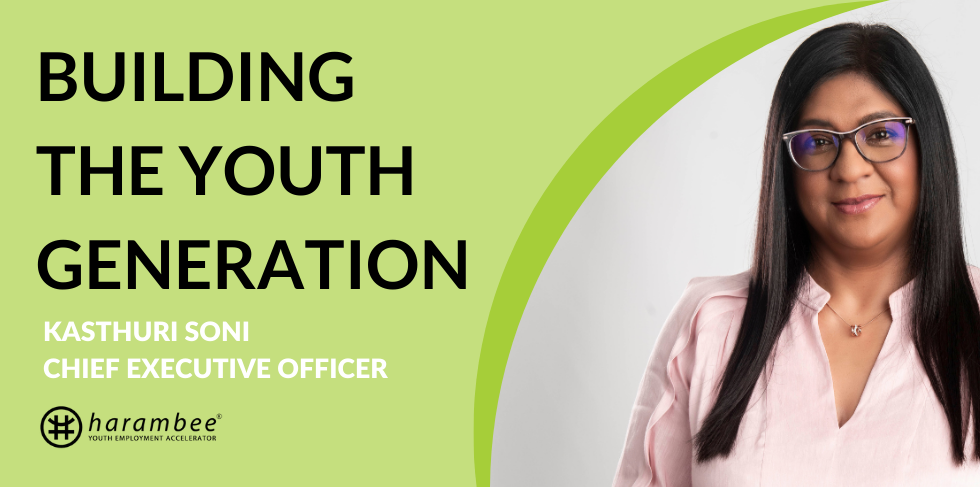
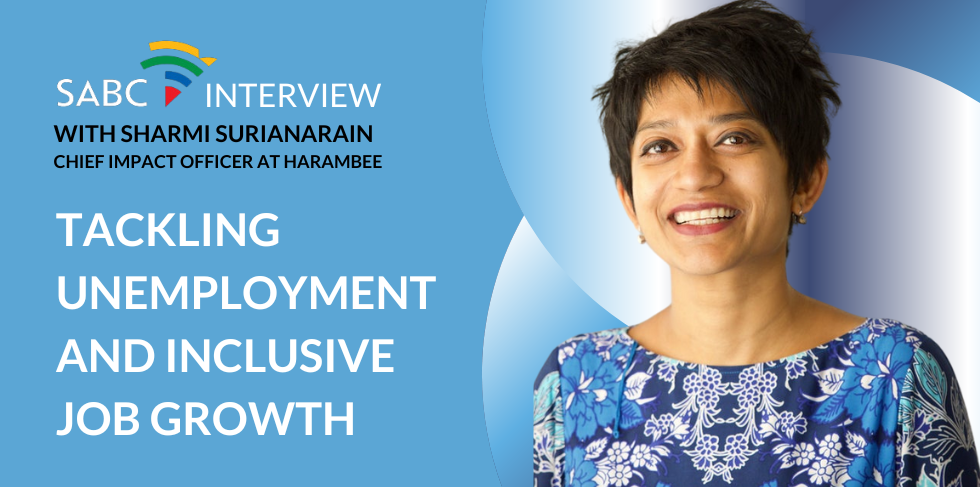
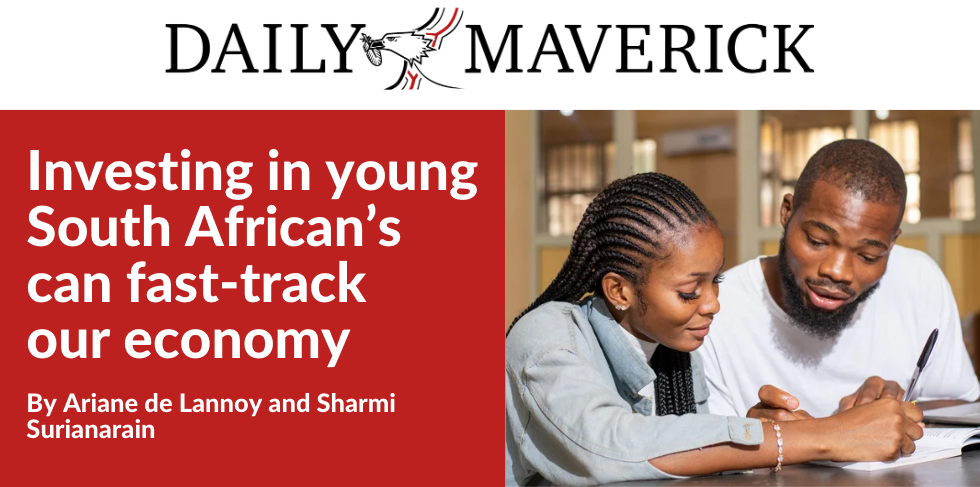
 Stay Connected
Stay Connected